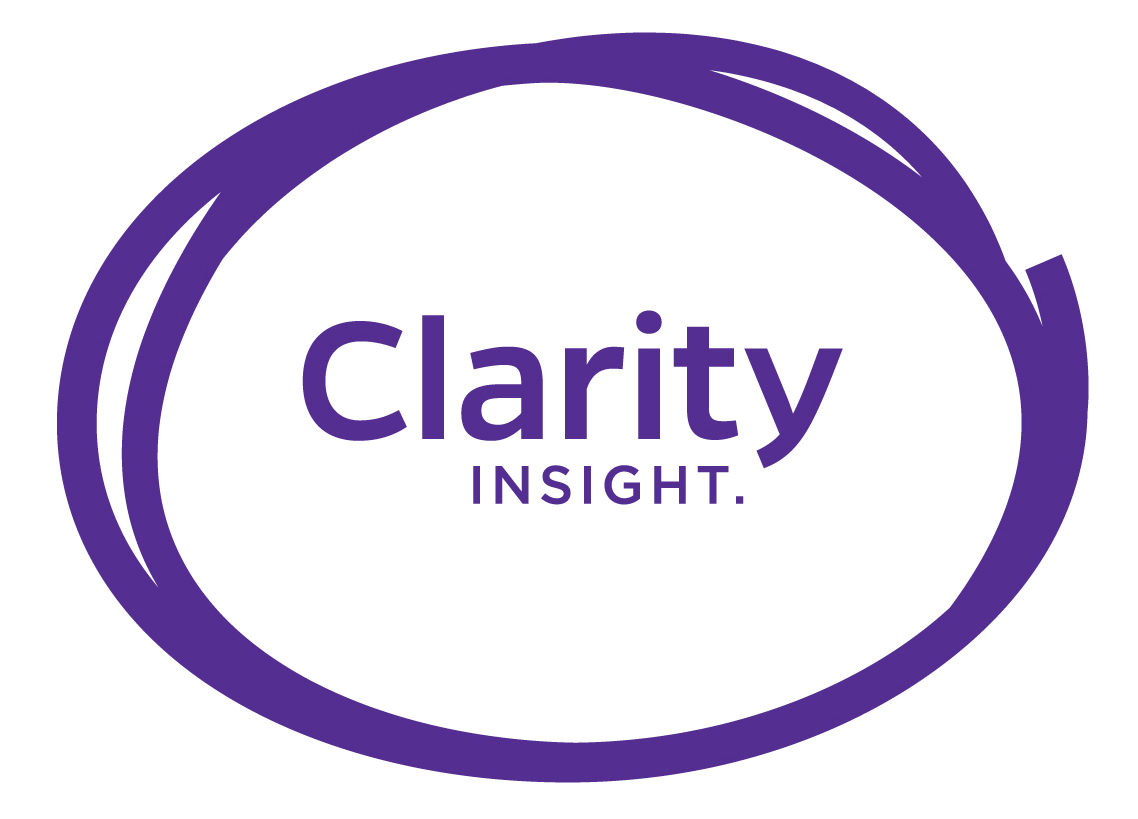Human + Machine: The Ultimate Researcher
Every week, it seems another AI research tool launches. Survey platforms with built-in sentiment analysis. Focus group transcription that happens in real-time. Predictive analytics that promise to tell you what customers will want before they know it themselves.
It can be overwhelming, and it got me thinking… Do we really need market researchers anymore?
Our answer is yes, but only alongside the power that AI brings.
The proliferation of AI tools isn't just noise—it's the foundation being laid for the future of market research. But like any foundation, it's what you build on top that matters.
Artificial Intelligence is revolutionising how we gather, process, and interpret data. But it doesn’t replace the human researcher — it amplifies them. The real power lies in combining machine speed with human smarts.
Here’s our view on why the future of market research isn’t human versus machine, but human plus machine — and how this is likely to transform market research.
AI can do the heavy lifting. But it can’t ask the Right Questions
AI is brilliant at analysing vast datasets in seconds. It’s what makes it ideal for handling the heavy, repetitive parts of research like sorting open-text responses and running sentiment analysis on thousands of reviews.
But asking a good research question? Understanding what is genuine insight and why it matters? That still takes a human brain.
Because at its core, research isn’t just about data – it’s about meaning. And meaning is shaped by things like context, empathy, culture, and strategy — things AI isn’t wired for.
What this means:
Humans still have a critical role to play in asking the right questions to probe the data available, exploring deeper themes to generate insights for competitive edge. The machine will continually refine answers to these iterative questions at lightning speed to unlock the gold within the data. What may have taken days to produce compelling outputs, can now take hours.
AI can surface patterns. But it doesn’t know What’s Important
Let's say AI analyses your customer feedback and discovers that mentions of ‘packaging’ have increased 340% over the past three months. It flags this as a significant trend and creates charts showing the spike.
But here's what AI can't tell you… Are customers complaining about damaged packaging, praising your new sustainable materials, or frustrated that competitors have better unboxing experiences? Is this surge driven by a viral TikTok video about your packaging, a supply chain switch you made in January, or a seasonal product launch?
Without context, that 340% increase could mean anything from ‘we have a crisis’ to ‘we have a competitive advantage’.
The machine surfaces the signal. Humans determine if it's noise or something of importance.
What this means:
Great research is about prioritising insight, not just surfacing it. It’s about knowing which threads to pull, what signals matter most, and how to translate findings into decisions that move the business forward.
Let AI produce lots of charts and dashboards in minutes, then the human can make sense of it to provide the ‘so what?’ and deliver the ‘now what?’.
AI can analyse what’s said. But it doesn’t understand What’s Meant
Natural language processing tools can now summarise thousands of open-ended survey responses or social media posts in seconds. They can tag sentiment, extract keywords, and even detect emotion.
But understanding irony? Sarcasm? Cultural nuance? That takes human intuition.
For example, when a customer says, “Well, I guess it’s fine if you like waiting three weeks for something to show up”, AI might classify that as ‘neutral’ sentiment, but a human instantly knows it’s dripping with frustration.
What this means:
While AI gives us access to more customer feedback than ever before, we need to be wary of accepting its sentiment analysis as gospel – the angriest customers are often hiding behind polite language… Humans are still needed to check and validate AI classifications for accurate meaning.
Combining machine-powered text analysis with human validation provides the benefit of scale and depth.
AI enables humans to step away from the spreadsheets and into strategic conversations
AI is what market research has been waiting for. Its ability to process incredible volumes of data at speed is a game-changer. But it’s not magic. It needs the right questions, the right data, and most importantly, the right human oversight for it to be truly effective. It allows researchers more time to do the part that really matters – challenge assumptions, convert insights into strategy, and tell better stories with data.
In short, AI helps us think less like analysts and more like advisors, and that is where the ROI of research truly lives.

